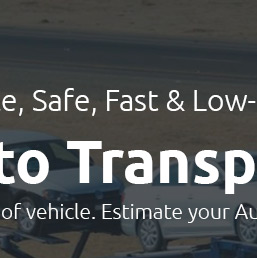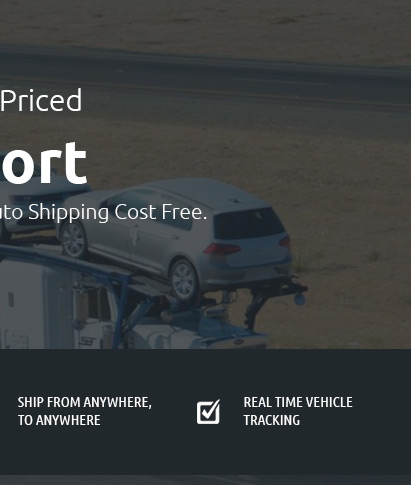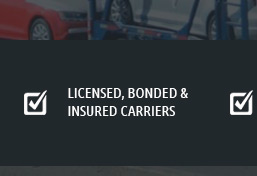 |
|
||||
 |
 |
 |
 |
||
 |
 |
|||||
 |
 |
 |
 |
 |
 |
 |
||
 |
 |
 |
 |
 |
 |
 |
 |
 |
 |
 |
|
 |
How to Get a Car Shipped Overseas: A Comprehensive GuideShipping a car overseas can seem like a daunting task, fraught with complexities and potential pitfalls. However, with the right approach, it can be a straightforward and rewarding experience. Whether you are relocating for work, selling a vehicle to an international buyer, or simply fulfilling a lifelong dream of driving your car on foreign roads, understanding the nuances of international car shipping is crucial. In this guide, we will explore the essential steps and considerations involved in shipping a car overseas. Understanding the Basics Before diving into the logistics, it’s important to grasp the basic concepts involved in car shipping. Generally, there are two primary methods to ship a car internationally: roll-on/roll-off (RoRo) and container shipping. RoRo involves driving the car onto a specialized ship and securing it in place for the journey. This method is typically more economical but may offer less protection from the elements. On the other hand, container shipping involves loading the car into a shipping container, providing enhanced protection but at a higher cost. Choosing the Right Shipping Method The decision between RoRo and container shipping often depends on a variety of factors, including budget, destination, and personal preference. If cost is a major concern, and the vehicle is not particularly valuable or susceptible to weather damage, RoRo might be the way to go. However, if you are shipping a high-value vehicle or have concerns about weather conditions during transit, investing in container shipping can provide peace of mind. Finding a Reliable Shipping Company One of the most critical steps in the process is selecting a reputable shipping company. Start by researching companies with a solid track record in international car shipping. Look for customer reviews and testimonials, and verify that the company is properly licensed and insured. It’s wise to obtain quotes from multiple companies to compare prices and services. Remember, the cheapest option is not always the best; prioritize reliability and experience. Preparing Your Vehicle for Shipment Once you have chosen a shipping method and company, it’s time to prepare your vehicle for its journey. This involves thoroughly cleaning the car, both inside and out, to facilitate a comprehensive inspection. Document any existing damage with photos, as this can be crucial for insurance claims should any issues arise during transit. Additionally, ensure that the car is in good mechanical condition, as you may be charged extra for vehicles that cannot be driven onto the shipping vessel. Understanding Customs Regulations Each country has its own set of customs regulations and import duties, which can significantly impact the cost and complexity of shipping a car overseas. Familiarize yourself with the regulations of the destination country to avoid unexpected fees or delays. You may need to provide specific documents, such as the car’s title, a bill of sale, and proof of ownership. Some countries also require modifications to the vehicle to meet local standards, so it’s wise to research these requirements well in advance. Finalizing the Shipping Process After preparing your vehicle and understanding the necessary regulations, it’s time to finalize the shipping process. This involves coordinating with your chosen shipping company to schedule pick-up and delivery dates. Make sure to read and understand the terms and conditions of the shipping contract, paying special attention to insurance coverage and liability clauses. It’s a good idea to maintain open communication with the shipping company throughout the process to ensure everything goes smoothly. Conclusion Shipping a car overseas is a complex yet manageable endeavor, requiring careful planning and attention to detail. By understanding the shipping methods, selecting a reliable company, preparing your vehicle, and navigating customs regulations, you can ensure a successful and stress-free experience. While the journey may seem challenging, the reward of having your own car in a new country is well worth the effort. Safe travels! https://www.wcshipping.com/how-to-ship-a-car-overseas-in-6-steps
Once you've gotten the rates, it's time to proceed with sending your vehicle abroad. Kick things off by completing our digital shipping form. Here, you'll have ... https://www.reddit.com/r/explainlikeimfive/comments/v5oy18/eli5_how_do_people_transfer_cars_overseas_when/
Either you drive it to the port directly or have a company come out with a truck and load the car up to deliver it to the port. https://www.moving.com/tips/your-guide-to-international-car-shipping/
Air freight, or shipping your car by plane, is the most expensive method of transporting a car internationally. However, it's the fastest way to ...
|
